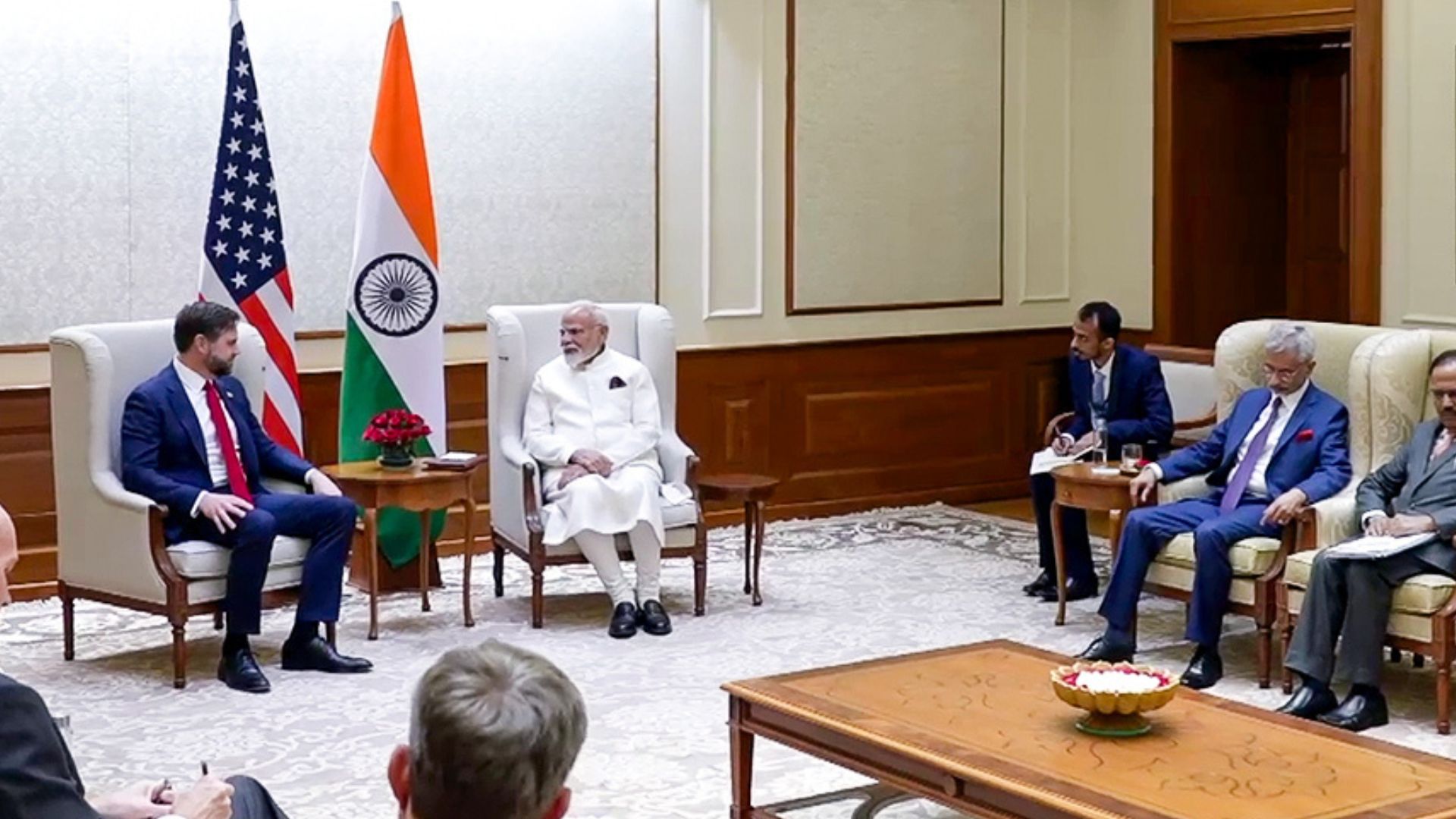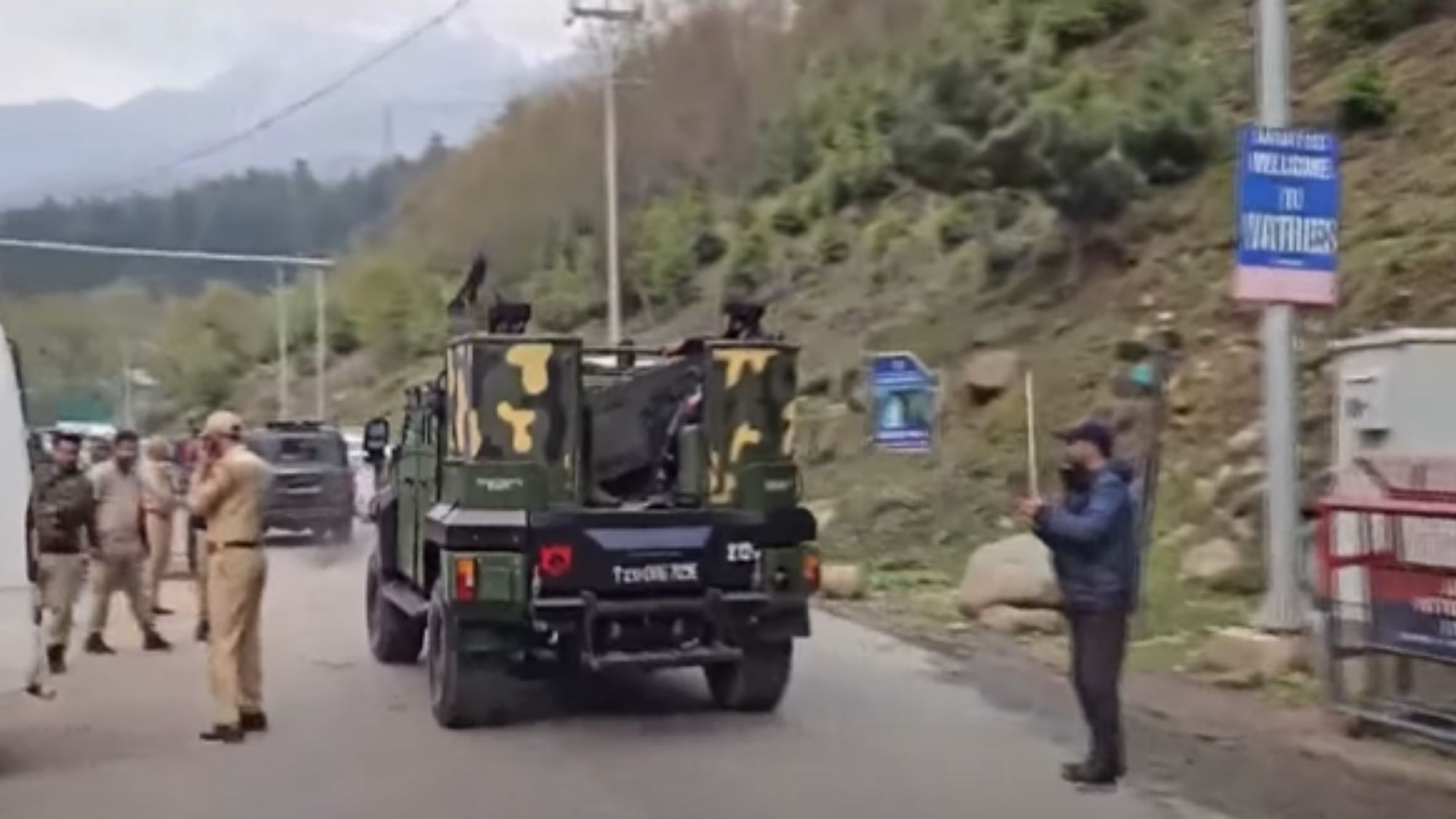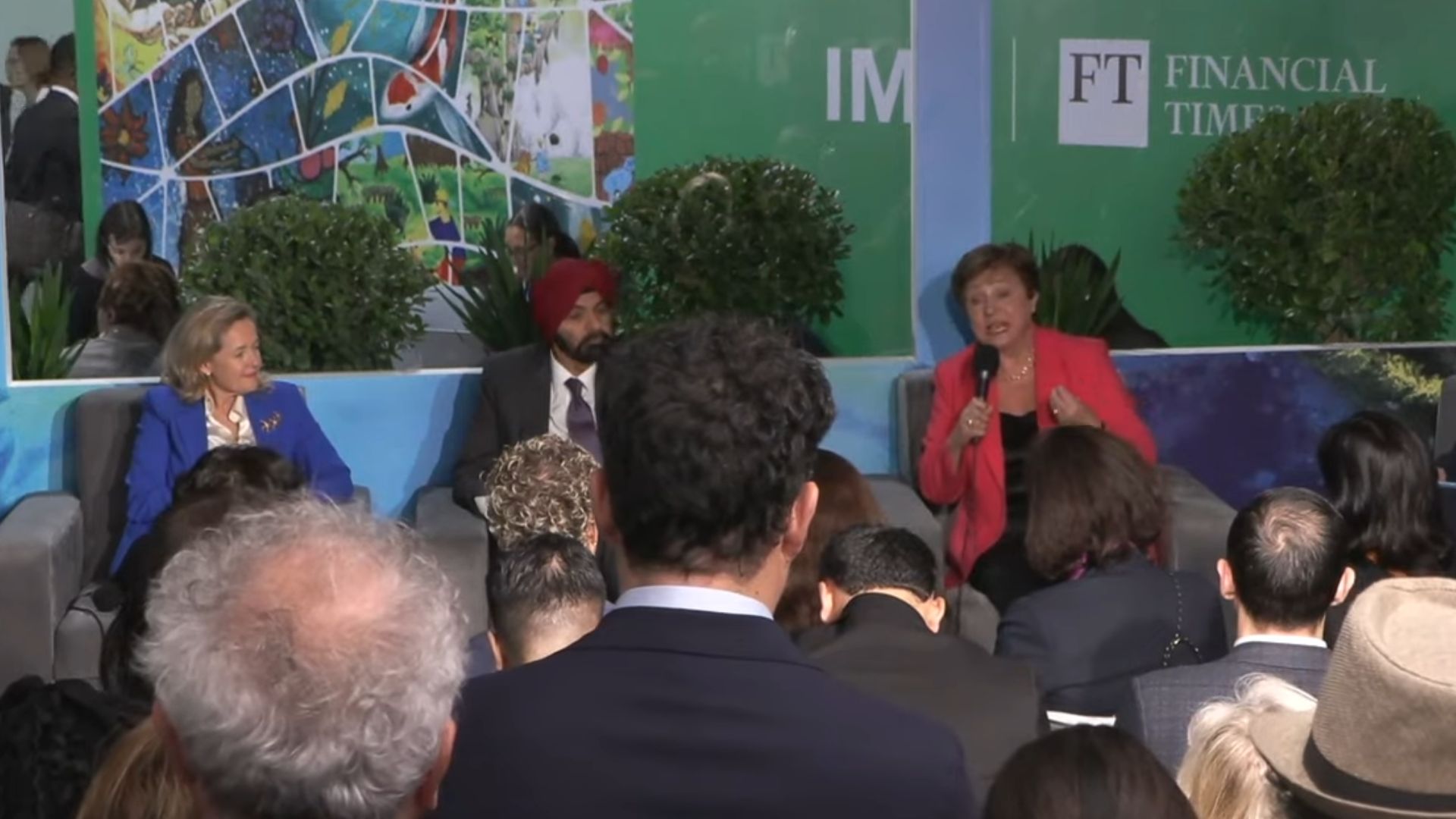JAIPUR, India (Diya TV) — The United States and India have finalized the Terms of Reference for their long-anticipated trade negotiations, marking a critical step toward a comprehensive bilateral trade agreement, Vice President JD Vance announced Tuesday during a visit to Rajasthan.
Speaking from Jaipur as part of a four-day visit to India, Vance said both governments are “hard at work” on a trade agreement built on “shared priorities,” signaling renewed momentum in the India-U.S. strategic partnership. He described the finalized terms as the “road map to a final deal.”
The announcement follows a meeting Monday between Vance and Indian Prime Minister Narendra Modi, which the Vice President described as “very good progress” despite acknowledging Modi’s reputation as a “tough negotiator.”
“Our administration seeks a system of trade that is balanced and open,” Vance said during a public address. “We should have some common goals in trade and global security. PM Modi is a tough negotiator, and that is why we respect him.”
The talks are unfolding amid an important 90-day pause on steep tariffs imposed by the Trump administration, with both countries eager to clinch a deal before that window closes. According to sources cited by the Hindustan Times, the target is to boost bilateral trade to $500 billion by 2030.
While energy and defense cooperation remain top priorities, the ongoing negotiations have zeroed in on agriculture, a sector where tensions persist. India has agreed to increase its imports of U.S. oil and natural gas and has lowered reciprocal tariffs on American agricultural products like pistachios and almonds. However, the U.S. is pressing for greater market access for other key crops, including corn, cotton, and soybeans.
This demand poses a political challenge for India, where agriculture remains a deeply sensitive issue. The Indian government previously had to roll back controversial farm laws after widespread protests, making further liberalization a potential flashpoint.
During his remarks, Vance urged India to reduce non-tariff barriers that continue to restrict American companies from accessing the Indian market. “India should consider dropping some of the non-tariff barriers for American access to the Indian market,” he said. “That is a necessary step toward concluding a comprehensive agreement.”
Beyond trade, Vance emphasized a broadening U.S.-India agenda that includes strategic and economic cooperation across energy, defense, and critical mineral sectors. He stressed that the Biden administration views affordable and dependable energy as essential and is committed to expanding U.S. energy exports to India. “This administration recognises cheap, dependable energy — we want to sell it to India,” he said.
Vance also said Washington is eager to assist India in exploring offshore natural gas reserves and securing access to critical minerals vital for clean energy technologies. “We want to help India explore offshore gas reserves and critical mineral supplies,” he added.
On defense, the Vice President confirmed plans to deepen cooperation, including co-production of military equipment. “India and the U.S. will co-produce many defence equipment,” he said. “We want India to buy more of our military equipment.”
The Indo-Pacific region remained a recurring theme in Vance’s comments, with both countries sharing concerns about maintaining peace and stability in the area. “India and the U.S. both know the region must remain safe from any hostile powers,” he said.
Vance’s visit, which he is undertaking with his wife Usha and their three children, underscores the increasing warmth in U.S.-India ties. His statements throughout the trip have highlighted a consistent theme: a shared vision for the future based on economic growth, strategic cooperation, and mutual respect.
“We want to collaborate more with India,” Vance said. “We have common goals.”




